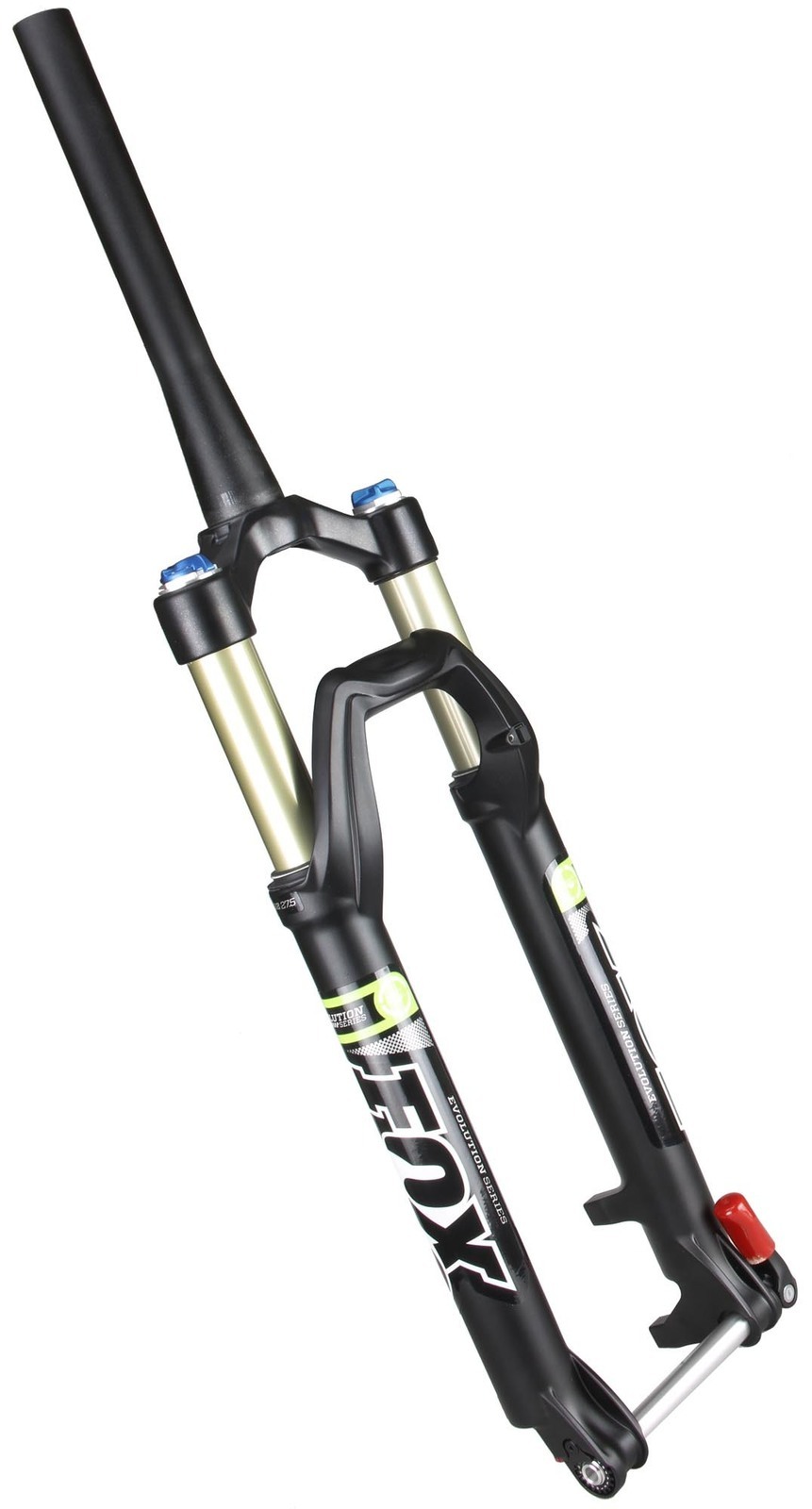Having recently retired, I have been thinking about things I want to do. I've been a bike geek for my entire life, and always wanted to try some long trips including off-road camping, etc., but never had time. Now I have time! I'm starting to have joint pain and other problems that will probably get worse over time, so I decided it's now or never.
I got a great deal on a new Priority 600X hard-tail "adventure" bike. It's an awesome machine that has a Gates belt drive instead of a chain, a Pinion 12 speed gearbox mounted at the bottom bracket, a Wren inverted suspension fork with 110 mm of travel, and Tektro Orion 4 piston hydraulic disc brakes.
When the 600X arrived I didn't have room for two bikes, so I sold my Priority Continuum Onyx. I was sad to see it go- it was a great bike!
I'll make a thorough post about the 600X soon.
I will be riding the 600X on Milwaukee's pot-holed streets as well as doing some off-road riding, so I wanted to fit it with fenders (aka mudguards) for wet weather riding. I did a lot of online shopping and review surfing and found the most promising ones to be made by MuckyNutz in the UK. I found a dealer on ebay and ordered a set.
The rear fender fits on the bike just fine. The front fender was a little bit of a problem. MTB front fenders are made to attach to the fork lowers and bridge. The Wren fork is inverted - the lowers slide into the stanchions instead of sliding over them- so it doesn't have a bridge. There wasn't enough room to mount the fender on the lowers, so it has to go on the stanchions and the fender can't move with the wheel as the fork compresses. I tried mounting the fender on the stanchions but it wasn't stable enough- it really needs a bridge to stabilize it.
 |
| The Wren "inverted" fork. The "lowers" slide into the stanchions and there is no bridge. |
 |
| Typical MTB fork. The "lowers" have a bridge connecting them together and they slide over the stanchions. The bridge is a convenient place to mount a fender, light, etc. |
Almost every problem, both personal and scientific, can be solved with a 3D printer, including this one. I spent a few minutes measuring the fork and the fender and designed a 3D printable bridge. It fits the stanchions tightly without requiring any additional clamps. I printed it with TPU and tried it out. Perfect!
 |
| The 3D printed bridge. I used black TPU filament. It fits the stanchions tightly and stays put without any additional clamps or tape. |


No comments:
Post a Comment
Leave comments or a questions here and I'll try to post a response as soon as I can.